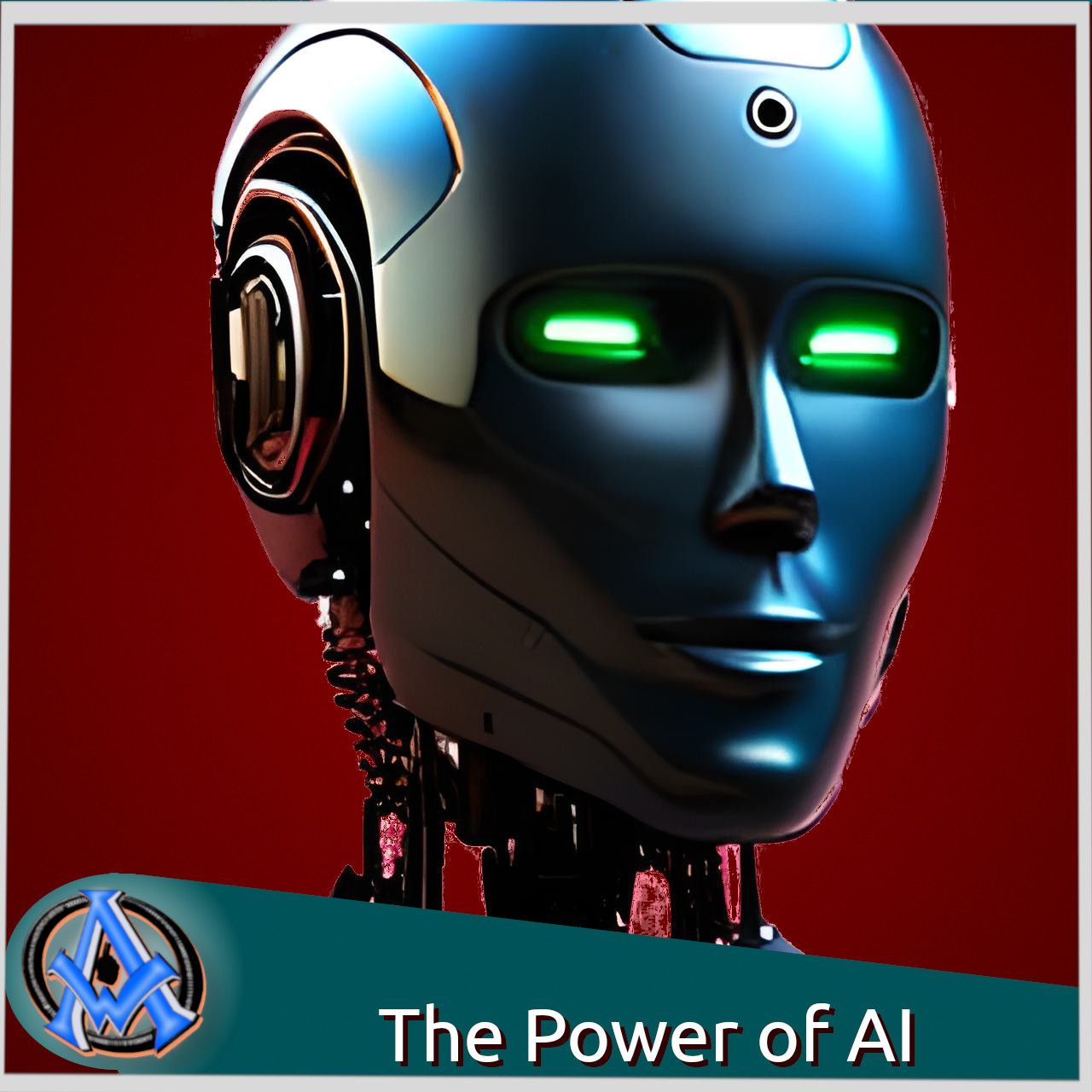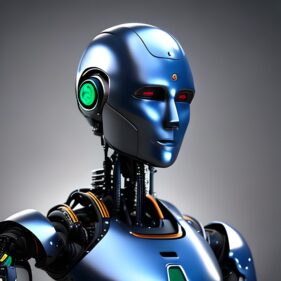The Power of AI
Artificial Intelligence (AI) has been a buzzword in the tech industry for years now, but what makes it so important? AI is more than just machines learning to perform tasks; it has the potential to revolutionize the way we live and work. From detecting diseases to improving climate change efforts, AI has the power to enhance human capabilities and solve some of the world’s most pressing problems.
However, this power also comes with risks that need to be addressed. In this article, we will explore the definitions and concepts of AI, its benefits and risks, the types and applications of algorithms, the tools and techniques used to harness its power, and the future trends, challenges, and opportunities within AI. We will also discuss how AI can be collaborative, inclusive, and integrated into society, as well as the need for policies, regulations, and standards to govern its development and usage.
Understanding The Power of AI: Definitions and Concepts
AI is the simulation of human intelligence in machines that are programmed to learn from data and make decisions based on that learning. It involves machine learning, deep learning, natural language processing, and cognitive computing. AI can be used in various fields such as healthcare, finance, education, transportation, and entertainment.
To understand AI better, we must also understand its concepts, such as machine learning algorithms, neural networks, and data mining. Machine learning algorithms enable machines to learn from data and make predictions based on that learning. Neural networks mimic the structure and function of the human brain, allowing machines to recognize patterns and classify data. Data mining involves discovering patterns in large datasets, which can be used in decision-making processes.
Benefits of AI: Enhancing Human Capabilities
AI has a wide range of benefits, from improving healthcare to enhancing cybersecurity. In healthcare, AI can help detect diseases early, identify high-risk patients, and personalize treatments. In cybersecurity, AI can detect and prevent cyber attacks, identify vulnerabilities, and improve threat intelligence.
AI can also enhance business operations, such as improving customer service, optimizing supply chains, and automating tasks. It can also improve education, by personalizing learning and providing real-time feedback. Furthermore, AI can help in climate change efforts, by predicting and mitigating natural disasters, optimizing energy usage, and reducing carbon emissions.
Risks of AI: Ethical, Social, and Environmental Implications
As with any technology, AI also comes with risks that need to be addressed. These include ethical, social, and environmental implications. Ethical implications of AI include bias, privacy, and transparency concerns. Social implications include job displacement, income inequality, and the digital divide. Environmental implications include the carbon footprint of AI and the potential for increased energy consumption.
AI also poses risks to cybersecurity, as it can be used for malicious purposes, such as cyberattacks, surveillance, and propaganda. Moreover, AI can raise ethical questions about the role of machines in decision-making, accountability, and responsibility.
Understanding AI Algorithms: Types and Applications
AI algorithms can be classified into different types, such as supervised learning, unsupervised learning, and reinforcement learning. Supervised learning involves machines learning from labelled data to make predictions. Unsupervised learning involves machines learning from unlabeled data to identify patterns. Reinforcement learning involves machines learning from feedback to improve decision-making.
AI algorithms can be used in various applications, such as image recognition, natural language processing, and recommendation systems. Image recognition involves machines identifying objects and patterns in images, which can be used in medical diagnosis or facial recognition. Natural language processing involves machines understanding and generating human language, which can be used in virtual assistants or language translation. Recommendation systems involve machines suggesting products or services to users based on their preferences, which can be used in online shopping or entertainment.
Harnessing the Power of AI: Tools and Techniques
To harness the power of AI, various tools and techniques are used, such as data analytics, cloud computing, and neural networks. Data analytics involves collecting, processing, and analyzing data to identify patterns and insights. Cloud computing involves storing and processing data on remote servers, which allows for scalability and flexibility. Neural networks involve mimicking the structure and function of the human brain to enable machines to learn and make decisions.
AI can also be integrated with other technologies, such as the Internet of Things (IoT), blockchain, and augmented reality. IoT involves connecting and exchanging data between physical devices, which allows for real-time monitoring and control. Blockchain involves storing and verifying data in a secure and decentralized way, which allows for transparency and trust. Augmented reality involves overlaying digital information onto the physical world, which allows for interactive and immersive experiences.
The Future of AI: Trends, Challenges, and Opportunities
The future of AI is promising, but it also poses challenges and opportunities. AI will continue to evolve and improve, becoming more sophisticated, accurate, and reliable. However, it will also require greater transparency, accountability, and responsibility.
AI will also create new job opportunities, such as data scientists, AI engineers, and robotics technicians. It will also increase the demand for digital skills and digital literacy, which will need to be addressed through education and training. Moreover, AI will drive innovation and competitiveness, creating new markets and products.
AI and Society: Collaboration, Integration, and Inclusion
AI needs to be collaborative, integrated, and inclusive in society. Collaboration involves partnerships between government, industry, academia, and civil society to ensure the responsible development and deployment of AI. Integration involves the seamless integration of AI with other technologies and systems, such as healthcare or transportation. Inclusion involves ensuring that AI benefits all members of society, regardless of their gender, race, or socioeconomic status.
AI also needs to be accountable and transparent, with clear guidelines and standards for its development and usage. Moreover, AI needs to be designed with human values and ethics in mind, such as fairness, privacy, and social responsibility.
AI Governance: Policies, Regulations, and Standards
AI governance involves policies, regulations, and standards to ensure the safe and responsible use of AI. Governments and international organizations need to establish frameworks for AI governance, such as the European Union’s General Data Protection Regulation (GDPR) or the United Nations’ Sustainable Development Goals (SDGs).
Moreover, industry associations and standards organizations need to develop guidelines and best practices for AI development and usage. This includes ethical frameworks, data protection, and cybersecurity standards.
Conclusion: Unlocking the Full Potential of AI
AI has the power to enhance human capabilities and solve some of the world’s most pressing problems. However, this power also comes with risks that need to be addressed. By understanding AI’s definitions and concepts, benefits and risks, algorithms and applications, tools and techniques, future trends and challenges, society and governance, we can unlock the full potential of AI in a responsible and sustainable way. Let us embrace the power of AI and use it to create a better future for all.




A1WEBSITEPRO Social Media Pages
Here are my social media pages, lets hook up!